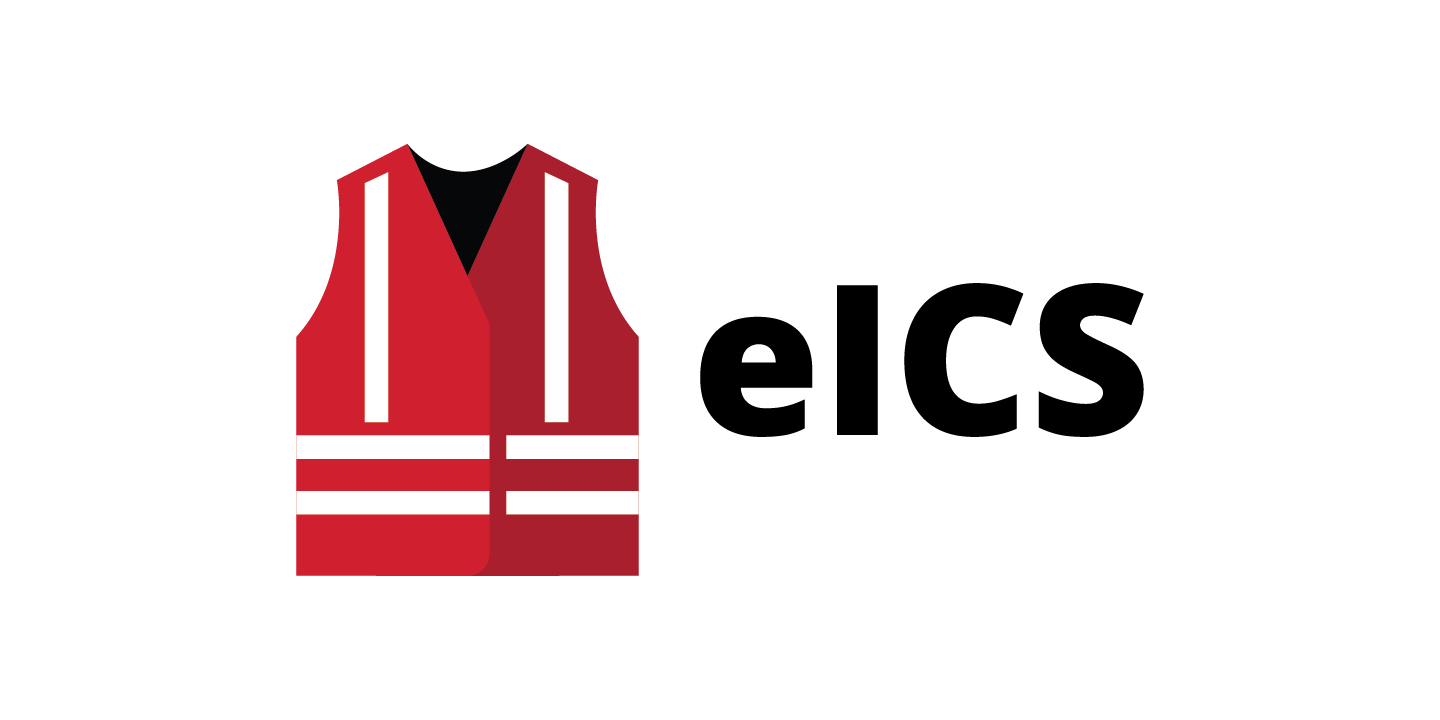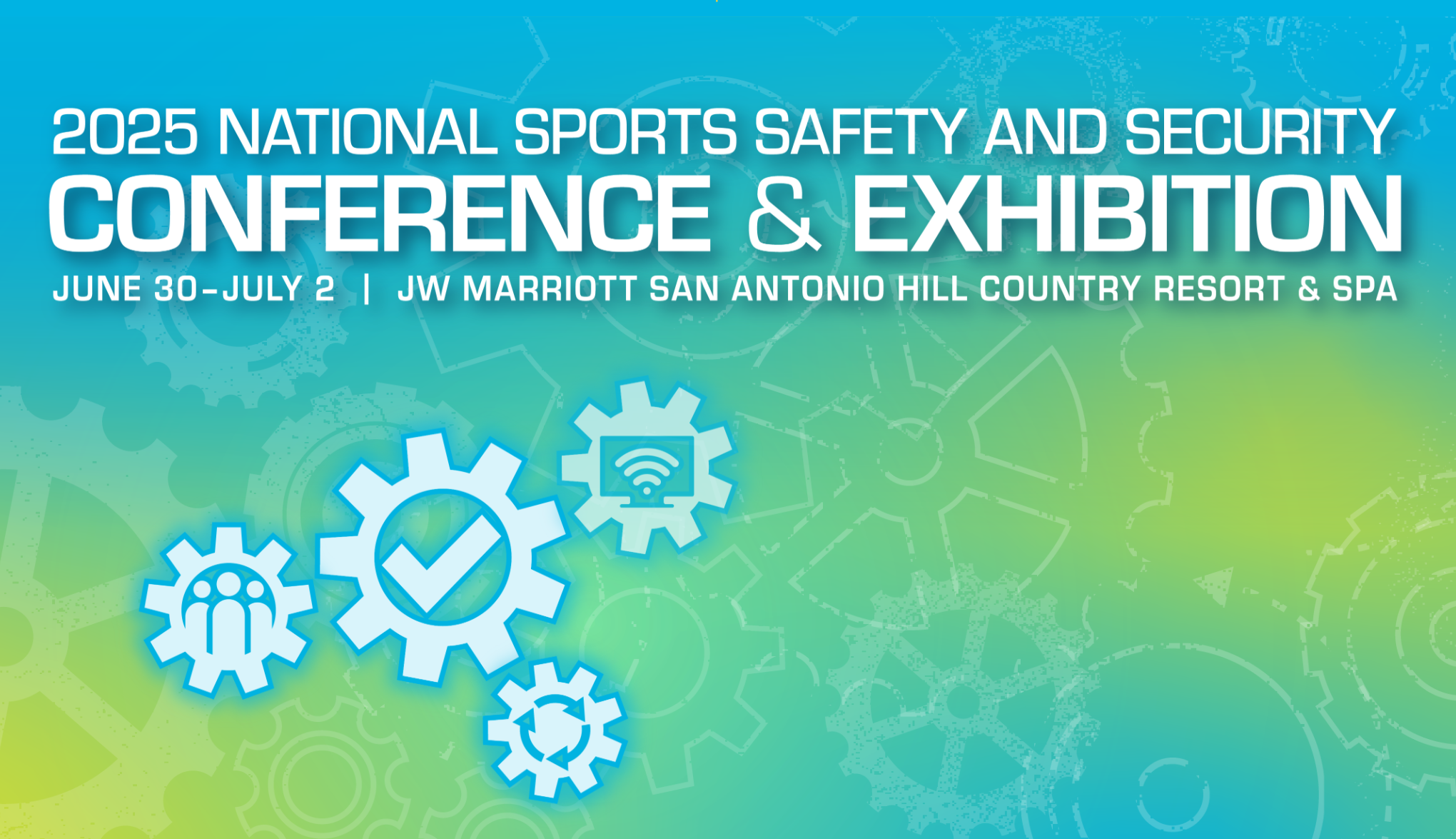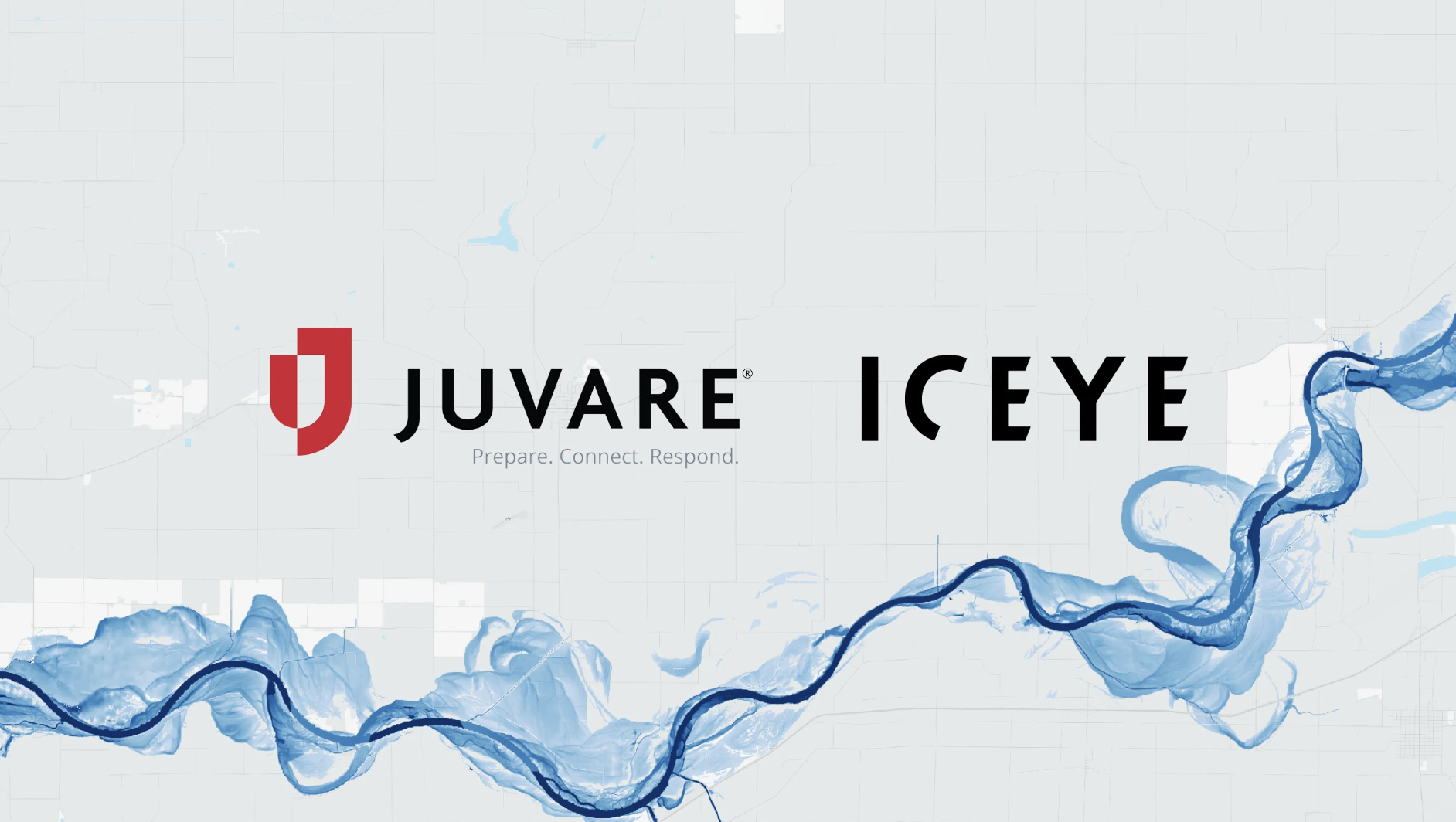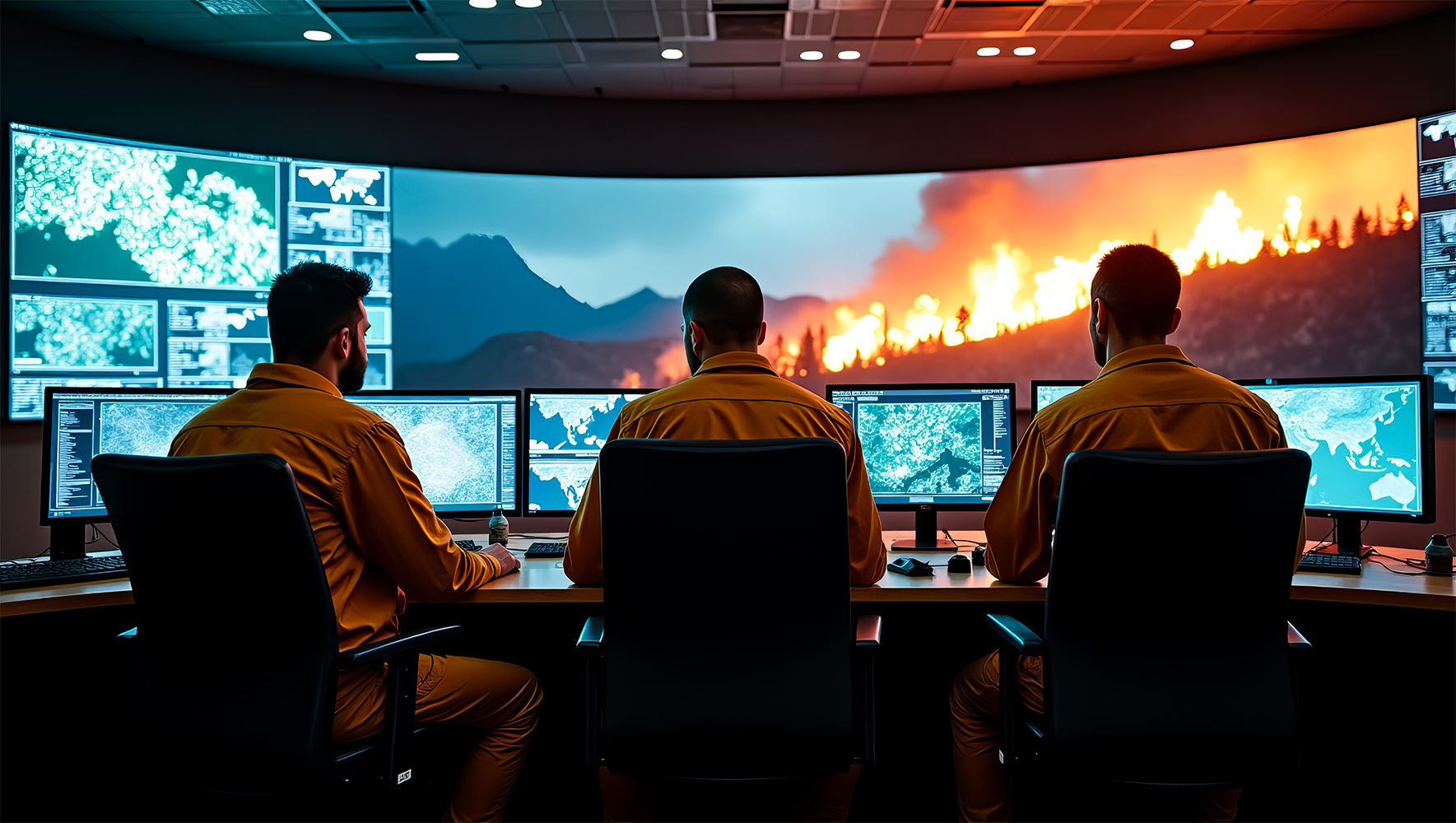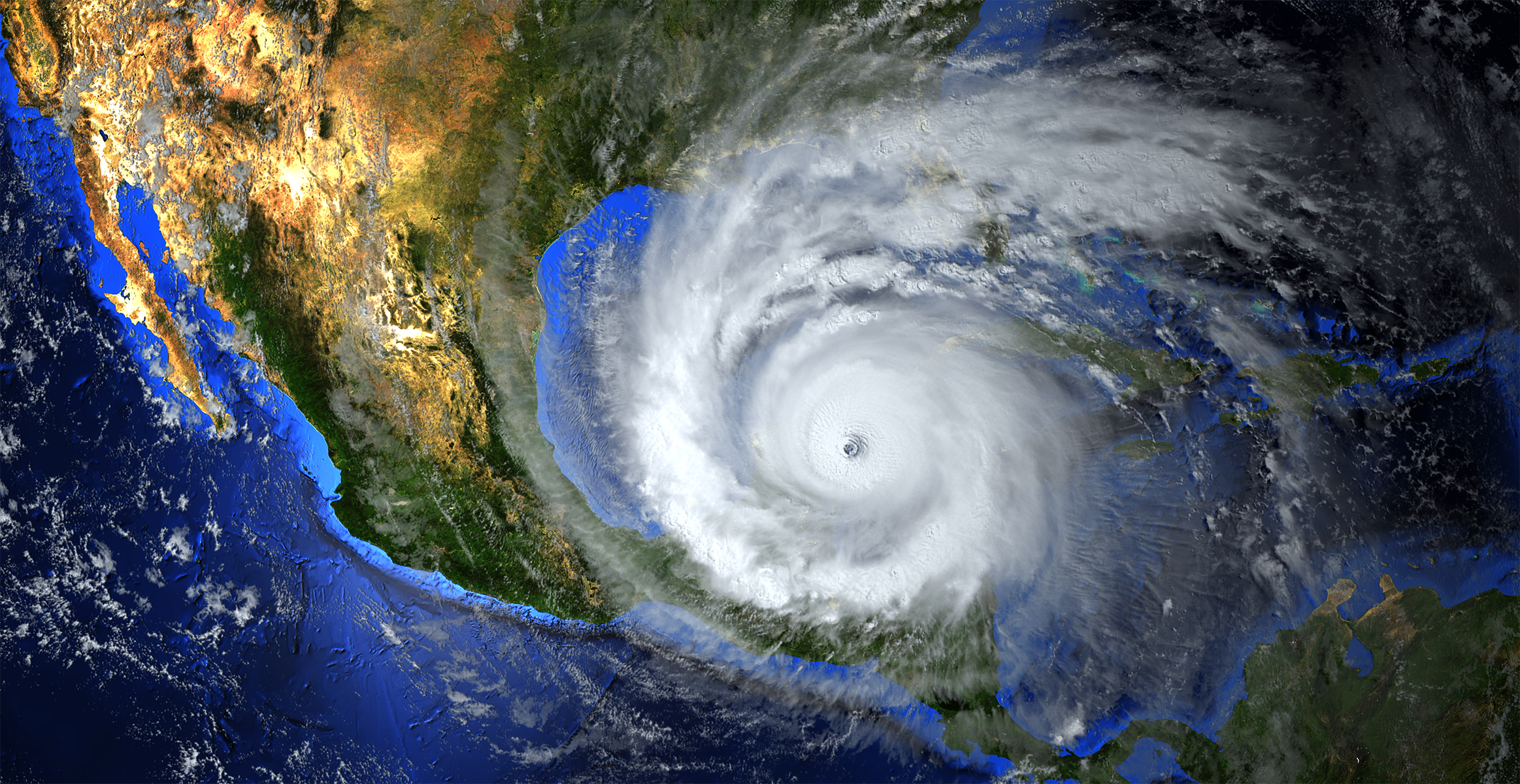Many higher education institutions are currently trying to determine how students and faculty can safely return in the aftermath of the COVID-19 pandemic.
The very nature of a college campus ensures that reopening campuses will be a complicated process – and far more complex than opening businesses. Not only will they need to track numbers of students in various high traffic locations on campus, they will also need to establish protocols and methodology for contact tracing, determine the safety of buildings and facilities, and coordinate proper cleaning and disinfecting of classrooms, campus transportation, buildings, dining halls, and dormitories.
Colleges and universities also are considering whether large-scale planned activities will return – like sporting events or even large academic lectures or classes – and how to coordinate those events while keeping people safe; or whether to resume these activities without spectators.
In any case, campus life after COVID-19 will be anything but returning to business as usual.
Some of the biggest challenges for higher education include:
-
- Contact Tracing
Across the country, public health agencies and other organizations are quickly scaling up for contact tracing activities to help control the spread of COVID-19. While contact tracing has been performed for other public health threats and epidemics, the response for COVID-19 will be greater than ever before.
In performing contact tracing tasks, the CDC states that “public health staff work with a patient to help them recall everyone with whom they have had close contact during the timeframe while they may have been infectious.” The individuals who have been in contact with infected patients will then be warned of possible exposure to coronavirus so they can also be tested and treated if necessary.
For colleges and universities, contact tracing will be a massive undertaking, and will require additional tracking capabilities as well as the means to communicate with anyone who is affected.
-
- Situational Awareness and Tracking/Monitoring
If higher education institutions reopen in the Fall, it is very likely that there will be guidelines for limiting the number of people on campus, conducting health testing, ensuring facilities safety, performing lockdowns of areas in the event that coronavirus cases occur, and creating and enforcing protocols for social distancing. While classes with smaller numbers of students may resume, it’s possible that many of the large lecture halls will remain closed and be conducted online via video conferencing.
Comprehensive situational awareness of these and other campus activities will require centralized information and data that can be efficiently shared with key stakeholders within the institution so that actions can be taken quickly to respond to any incident regarding health, facilities status, classes being conducted, the number of people on campus, gatherings of people, and more.
-
- Communication
Another concern is how to quickly and efficiently communicate with students, faculty, and staff on a regular basis about how they can stay safe and healthy on campus. Colleges and universities need a centralized communication platform with the means to make contact with everyone who could be impacted and keep them informed constantly and consistently.
-
- Reporting and Compliance
Universities and colleges will also face new requirements in complying with the Clery Act in terms of reporting and emergency notification. An updated guidance from the Department of Education issued on April 3, 2020 includes information pertaining to Clery Act compliance related to COVID-19. It’s probable that additional guidance will be issued as colleges prepare to reopen this Fall.
-
- Staying connected with key stakeholders
Collaboration and coordination with local, state, and federal emergency management, public health agencies, and educational agencies will be more vital than ever as colleges and universities reopen. Staying connected to these agencies will help ensure colleges can stay informed about timely or critical data about coronavirus cases and possible transmission to people on campus, as well as to communicate important information to everyone affected.
Meeting the challenge in the aftermath of COVID-19
Because of so many variables common to campuses, even before the COVID-19 pandemic critical incident planning could be particularly tricky for colleges and universities. Considerations vary widely, based on size and location of the campus, number of students and faculty, various structures and settings like classrooms, offices, residence halls, dormitories, performance halls, and sporting facilities.
Regardless of these differences, the goals of emergency management remain the same: to ensure the health and safety of students, faculty, staff, and visitors.
Helping higher education institutions meet these goals, our new WebEOC Campus solution combines emergency preparedness and response solutions with pandemic-specific workflows such as contact tracing and case management — delivering the dynamic workflows necessary to keep campuses safe and to manage return-to-school requirements, mitigate risks, and prepare for future critical incidents.
WebEOC Campus is designed to help colleges and universities of all sizes effectively manage the complexities of returning normal operations, not only monitoring individuals, but also tracking facility statuses, PPE supplies, task assignments, and ongoing processes and procedures required.
Powered by WebEOC, the WebEOC Campus solution also helps colleges and universities maintain the highest control of privacy standards.
Reach out to us today for a demo of WebEOC Campus.
For more information about contact tracing, and other tools and best practices for reopening higher education operations in the wake of COVID-19, contact Juvare today.






